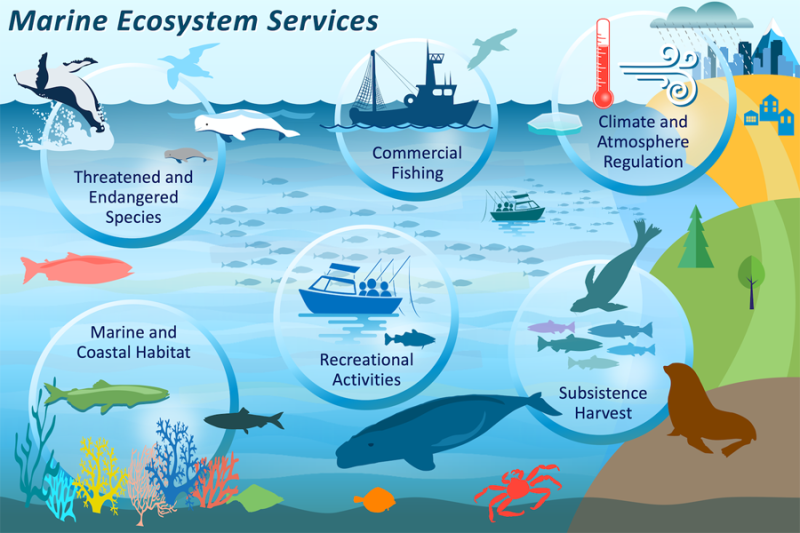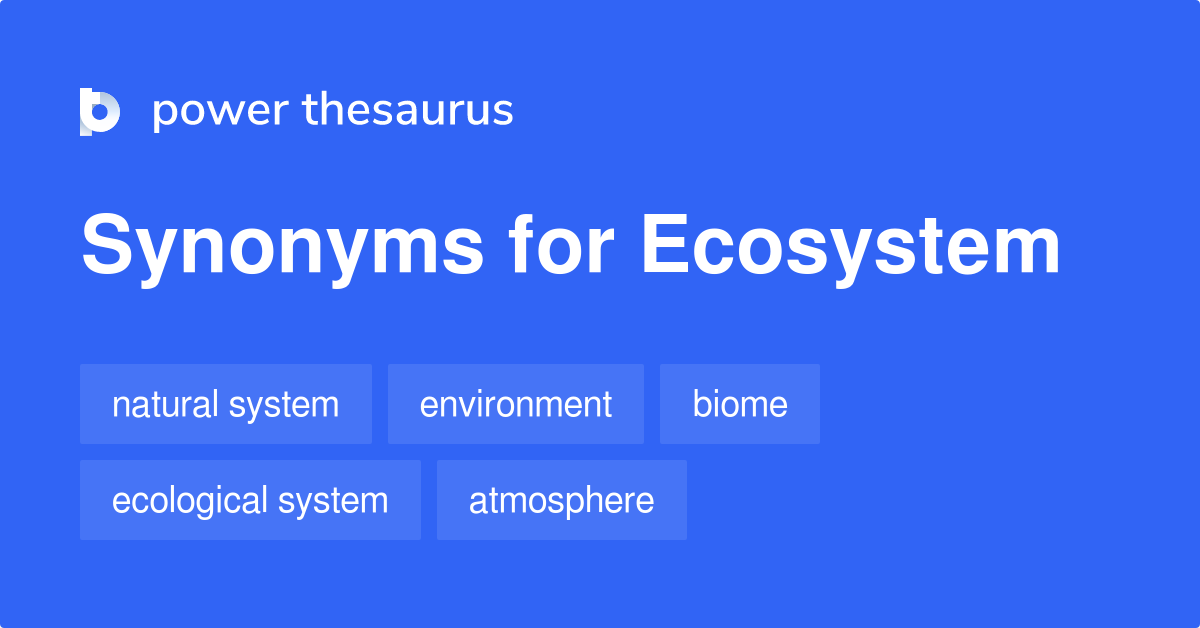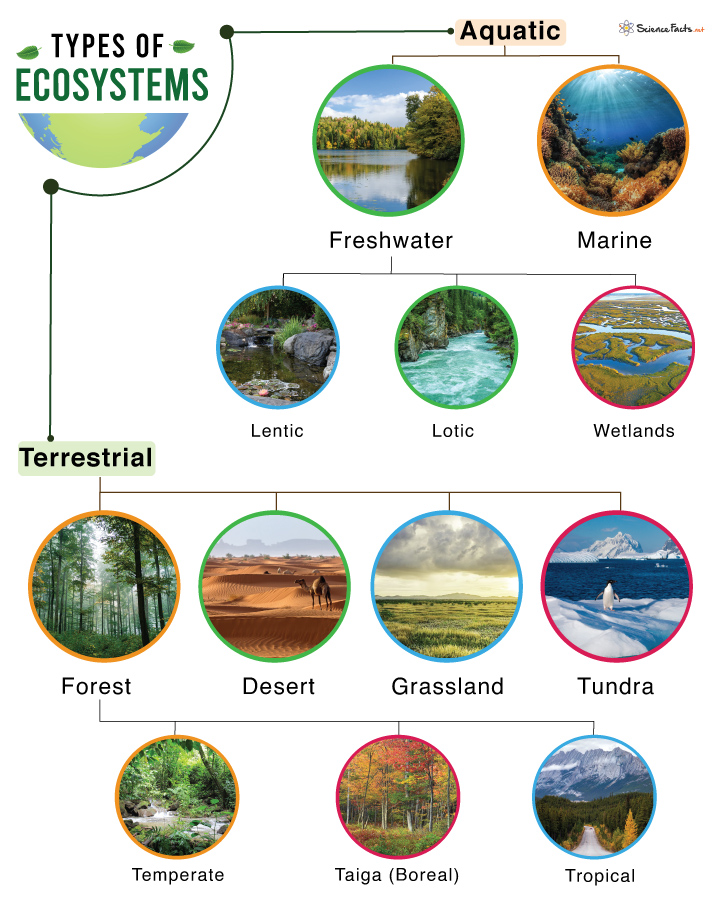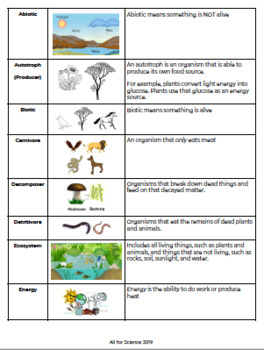Topic why are nutrients from fertilizer harmful to aquatic ecosystems: Discover the crucial role nutrients from fertilizers play in aquatic ecosystems and learn how we can mitigate their harmful effects for a sustainable future.
Table of Content
- Why are nutrients from fertilizer harmful to aquatic ecosystems?
- Overview of Eutrophication and Its Causes
- Effects of Nitrogen and Phosphorus on Algal Blooms
- Consequences of Reduced Oxygen Levels in Water Bodies
- Impact on Aquatic Life and Biodiversity
- Challenges in Managing Fertilizer Runoff
- YOUTUBE: What is eutrophication?
- Strategies for Reducing Nutrient Pollution
- Role of Policy and Regulation in Protecting Aquatic Ecosystems
- Community and Individual Actions to Mitigate Harmful Effects
- Future Perspectives on Sustainable Agriculture and Aquatic Health
Why are nutrients from fertilizer harmful to aquatic ecosystems?
Nutrients from fertilizers can be harmful to aquatic ecosystems due to their potential to cause excessive growth of algae and other aquatic plants. The process of nutrient enrichment, known as eutrophication, occurs when high levels of nutrients, such as nitrogen and phosphorus, are introduced into aquatic environments.
Here is a step-by-step explanation of why nutrients from fertilizers are harmful to aquatic ecosystems:
- Nutrient runoff: When fertilizers are applied to agricultural fields, lawns, or gardens, rainwater can carry the nutrients from the fertilizers and they can enter nearby rivers, lakes, or other water bodies through runoff.
- Nutrient enrichment: Once the nutrients from fertilizers, particularly nitrogen and phosphorus, enter the water bodies, they act as nutrients for aquatic plants.
- Algal bloom: The excess nutrients stimulate the rapid growth and proliferation of algae in the water. This results in an algal bloom, wherein large quantities of algae thrive and multiply rapidly.
- Light and oxygen depletion: As the algae cover the water surface, they can block sunlight from reaching the deeper layers of the water. Other submerged aquatic plants do not receive sufficient sunlight for photosynthesis, leading to their decline.
- Oxygen depletion: When the algae eventually die and decompose, bacteria start breaking them down. This process depletes the dissolved oxygen in the water, making it difficult for other aquatic organisms to survive.
- Habitat degradation: The excessive growth of algae and subsequent oxygen depletion can harm or even kill fish, invertebrates, and other marine organisms. It disrupts the balance and health of the aquatic ecosystem, impacting the survival of various species.
In summary, the introduction of nutrients from fertilizers into aquatic ecosystems can lead to excessive algal growth, oxygen depletion, and habitat degradation, all of which can be detrimental to the overall health and biodiversity of aquatic environments.
READ MORE:
Overview of Eutrophication and Its Causes
Eutrophication is a process where aquatic ecosystems become overly enriched with nutrients, leading to excessive growth of algae and aquatic plants. This is primarily caused by the runoff of fertilizers containing high levels of nitrogen and phosphorus into bodies of water. These nutrients, while essential for agricultural productivity on land, become pollutants when they enter aquatic environments.
- Runoff from Agricultural Land: Fertilizers used in agriculture contain nutrients like nitrogen and phosphorus, which are washed away by rainwater into nearby streams, rivers, and eventually, larger bodies of water.
- Urban Runoff: Urban areas contribute to nutrient pollution through stormwater drainage, which carries fertilizers from lawns and gardens into the aquatic ecosystem.
- Wastewater Discharge: Effluents from sewage treatment plants and septic systems can also introduce high levels of nutrients into water bodies.
- Atmospheric Deposition: Nutrients can also reach aquatic ecosystems through atmospheric deposition, where they are absorbed from the atmosphere and deposited into water bodies.
This nutrient overload stimulates an overgrowth of algae, leading to algal blooms. While algae are a natural component of aquatic ecosystems, excessive algae growth can have detrimental effects, including oxygen depletion, which harms aquatic life, and the production of harmful toxins that can affect both marine life and human health.

Effects of Nitrogen and Phosphorus on Algal Blooms
Nitrogen and phosphorus, key components of fertilizers, are crucial for plant growth. However, when they enter aquatic ecosystems in excess, they cause a surge in algal blooms. These blooms can have significant impacts on water quality and aquatic life.
- Nitrogen: Acts as a primary nutrient for algal growth. In excessive amounts, it can lead to rapid and dense algal blooms, which can cover the surface of water bodies, blocking sunlight from reaching underwater plants.
- Phosphorus: Often the limiting nutrient in freshwater systems. Its excess can trigger explosive growth of algae, particularly in lakes and rivers, leading to severe eutrophication.
These nutrient-induced algal blooms can:
- Deplete oxygen levels in water as algae die and decompose, a process that can lead to dead zones where aquatic life cannot survive.
- Produce toxins harmful to aquatic organisms and humans, affecting drinking water sources and recreational waters.
- Block sunlight, disrupting the photosynthesis of aquatic plants and the ecosystems that depend on them.
- Alter food webs, potentially leading to a decrease in biodiversity as species that cannot adapt to the changed conditions decline or disappear.
The management of nitrogen and phosphorus inputs from fertilizers into water bodies is critical to prevent the harmful effects of algal blooms and maintain the health of aquatic ecosystems.
Consequences of Reduced Oxygen Levels in Water Bodies
Reduced oxygen levels in water bodies, a condition known as hypoxia, can have severe consequences for aquatic ecosystems, primarily due to nutrient overloading from fertilizers. This situation disrupts the balance of aquatic life, leading to several adverse effects.
- Impact on Fish and Aquatic Animals: Oxygen is crucial for the survival of fish and other aquatic organisms. Hypoxia can lead to fish kills, reduced reproductive capabilities, and altered migration patterns.
- Changes in Biodiversity: Some species may thrive in low-oxygen conditions, but overall biodiversity decreases as sensitive species die off or move to other areas.
- Altered Food Webs: Hypoxia can disrupt the balance of aquatic food webs, affecting not only the species directly involved but also predators and other organisms dependent on them for food.
- Creation of Dead Zones: In extreme cases, hypoxia can lead to the creation of dead zones, areas where the oxygen level is so low that most marine life cannot survive, leading to vast ecological voids.
- Economic Impact: Reduced oxygen levels can significantly impact commercial fishing industries, recreational activities, and the overall economy of regions dependent on healthy aquatic ecosystems.
Addressing the root causes of nutrient overloading and managing fertilizer use are crucial steps in preventing reduced oxygen levels and preserving aquatic biodiversity.
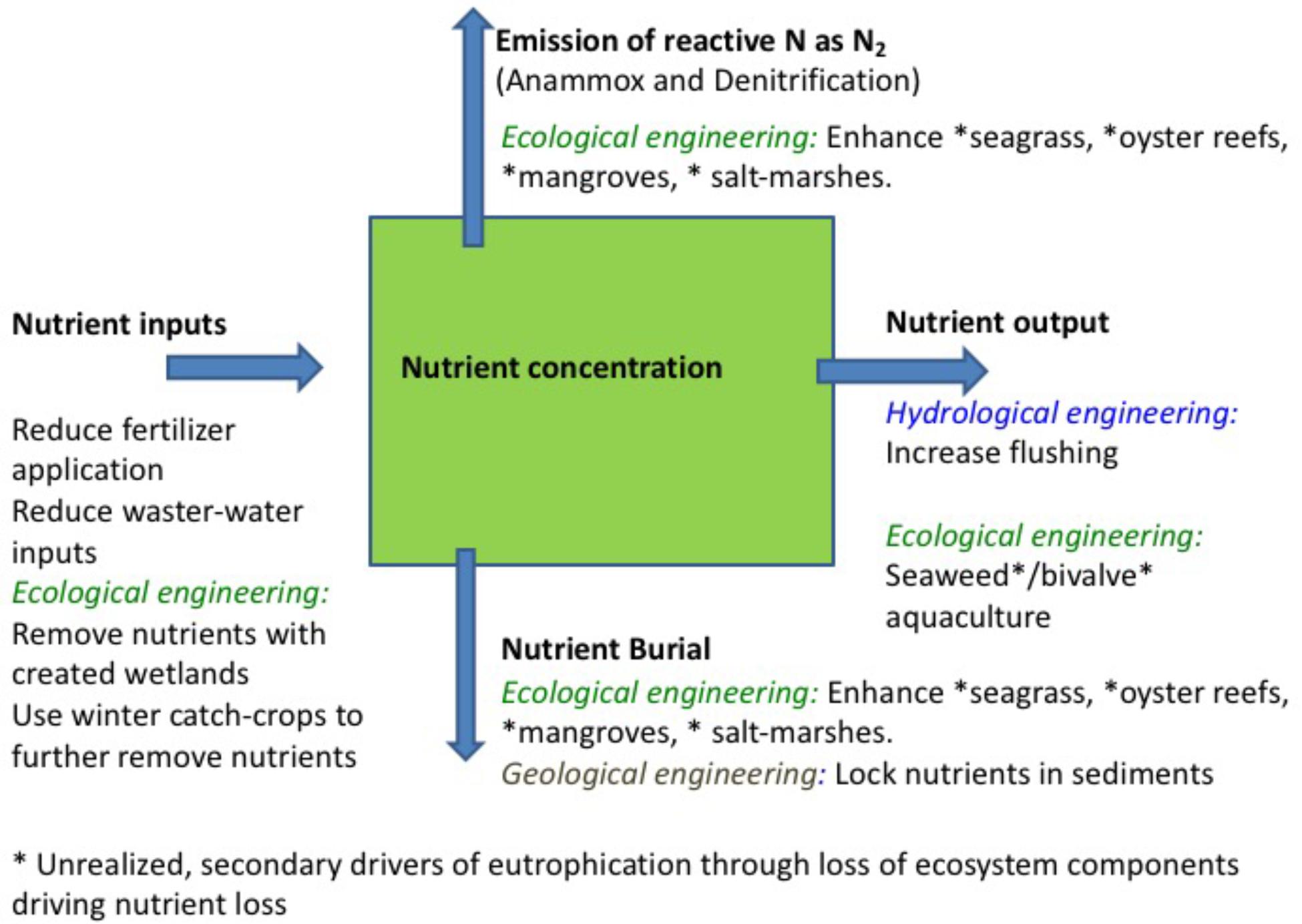
Impact on Aquatic Life and Biodiversity
The influx of nutrients from fertilizers into aquatic ecosystems can profoundly affect the balance of life in these environments, leading to a series of cascading effects on biodiversity and the health of aquatic organisms.
- Algal Blooms: Excessive nutrients fuel the rapid growth of algae, leading to blooms that can suffocate aquatic ecosystems by blocking sunlight and depleting oxygen levels, essential for the survival of fish and other aquatic life.
- Toxin Production: Certain types of algal blooms produce toxins harmful to fish, mammals, birds, and even humans. These toxins can disrupt aquatic food chains and lead to the death of various species.
- Habitat Disruption: Dense algal mats and subsequent hypoxic conditions can destroy habitats, such as coral reefs and seagrass beds, crucial for the breeding, feeding, and shelter of many marine species.
- Loss of Biodiversity: The altered conditions favor a few resistant species over a diverse group of organisms, leading to a decline in biodiversity. This loss can have long-term impacts on the resilience and function of aquatic ecosystems.
- Changes in Species Composition: Nutrient enrichment can shift species composition, favoring fast-growing species over others, which can alter the food web and competitive interactions among aquatic organisms.
Addressing the root causes of nutrient pollution from fertilizers is vital to preserving the intricate web of life in our aquatic ecosystems and ensuring the sustainability of these vital resources for future generations.
Challenges in Managing Fertilizer Runoff
Effectively managing fertilizer runoff presents numerous challenges, stemming from both the widespread use of fertilizers in agriculture and the complex pathways through which nutrients enter aquatic ecosystems.
- Agricultural Practices: Modern agricultural methods rely heavily on fertilizers to increase crop yields, but efficient nutrient uptake by plants is limited, leading to excess runoff.
- Land Use Changes: Urbanization and changes in land use contribute to increased runoff and reduced natural filtration of water, exacerbating the movement of nutrients into water bodies.
- Weather Patterns: Heavy rainfall and storms can lead to significant nutrient runoff events, overwhelming the capacity of soil and vegetation to absorb and filter nutrients.
- Soil Erosion: Erosion can carry both soil and soil-bound nutrients into waterways, further contributing to nutrient pollution.
- Point vs. Nonpoint Source Pollution: While point sources of pollution can be identified and managed, nonpoint sources, such as diffuse runoff from agricultural lands, are harder to control and regulate.
- Lack of Awareness and Education: There"s often a lack of awareness about the impact of fertilizer use on aquatic ecosystems among farmers and the general public, leading to overuse and improper application of fertilizers.
- Policy and Regulatory Challenges: Developing and enforcing policies that effectively reduce nutrient runoff without adversely affecting agricultural productivity is a complex task, requiring coordinated efforts at local, national, and international levels.
- Technological and Economic Barriers: Implementing best management practices and innovative technologies to reduce runoff can be cost-prohibitive for many farmers, highlighting the need for economic incentives and support.
Addressing these challenges requires a multifaceted approach, combining regulatory measures, technological innovation, farmer education, and public awareness campaigns to reduce the impact of fertilizer runoff on aquatic ecosystems.

What is eutrophication?
\"Discover the causes and impacts of eutrophication in our latest video! Learn how excessive nutrient pollution can degrade our water bodies and explore effective solutions to combat this environmental issue.\"
What Is Eutrophication in Agriculture and Biology | FuseSchool
\"Explore the fascinating world of agriculture in our captivating video! Join us as we delve into the methods, innovations, and challenges faced by modern farmers, while highlighting the vital role of agriculture in feeding the world.\"
Strategies for Reducing Nutrient Pollution
Addressing nutrient pollution from fertilizers is essential for protecting aquatic ecosystems. Implementing strategic measures can significantly reduce the negative impact of these nutrients on water bodies.
- Improved Fertilizer Application: Educating farmers on the optimal use of fertilizers, including timing, type, and application methods, can reduce runoff.
- Adoption of Precision Agriculture: Leveraging technology to apply fertilizers more precisely and only where needed can minimize excess use and runoff.
- Buffer Zones: Establishing vegetated areas between agricultural land and water bodies can filter out nutrients before they reach the water.
- Wetland Restoration: Wetlands naturally filter nutrients from water. Restoring and protecting wetlands can enhance their capacity to mitigate nutrient pollution.
- Cover Cropping: Planting cover crops during off-seasons can reduce soil erosion and nutrient runoff by absorbing excess nutrients.
- Integrated Nutrient Management: Combining organic and inorganic fertilizers can improve soil health and reduce the need for chemical fertilizers.
- Policy and Regulation: Implementing strict regulations on fertilizer use and promoting best management practices can help control nutrient runoff.
- Community Engagement and Education: Raising awareness about the impact of nutrient pollution and encouraging community involvement in water conservation efforts.
- Research and Innovation: Investing in research to develop more sustainable fertilizers and farming practices that minimize environmental impact.
Collective efforts from individuals, communities, farmers, and policymakers are crucial for effectively reducing nutrient pollution and safeguarding aquatic ecosystems for future generations.
Role of Policy and Regulation in Protecting Aquatic Ecosystems
Effective policy and regulation play a pivotal role in safeguarding aquatic ecosystems from the adverse effects of nutrient pollution. By setting standards and implementing controls, governments can significantly reduce the impact of fertilizers on water bodies.
- Establishing Nutrient Standards: Setting limits on the amount of nitrogen and phosphorus that can enter water bodies helps to control nutrient levels and prevent eutrophication.
- Regulating Agricultural Practices: Policies that promote sustainable farming practices, such as crop rotation, organic farming, and the use of environmentally friendly fertilizers, can reduce runoff.
- Water Quality Monitoring: Regular monitoring of water bodies can help identify sources of nutrient pollution and assess the effectiveness of regulatory measures.
- Enforcement of Regulations: Strict enforcement of environmental regulations ensures compliance and deters practices that contribute to nutrient pollution.
- Investment in Wastewater Treatment: Upgrading wastewater treatment facilities to remove excess nutrients before they are discharged into water bodies can significantly reduce pollution.
- Public Education and Outreach: Informing the public and stakeholders about the impact of nutrient pollution and the importance of responsible fertilizer use can foster community support for regulatory measures.
- Incentives for Best Practices: Providing incentives, such as subsidies or tax breaks, for adopting best management practices can encourage farmers and other land users to reduce nutrient runoff.
- International Cooperation: Nutrient pollution often transcends national boundaries, making international cooperation essential for addressing transboundary water pollution issues.
By adopting a comprehensive approach that combines regulatory measures with education, innovation, and international collaboration, policymakers can effectively mitigate the harmful effects of nutrient pollution and ensure the long-term health of aquatic ecosystems.

Community and Individual Actions to Mitigate Harmful Effects
Community and individual efforts play a vital role in reducing the harmful impacts of fertilizer nutrients on aquatic ecosystems. By adopting sustainable practices, we can significantly contribute to the health and longevity of our water bodies.
- Responsible Fertilizer Use: Homeowners and gardeners can minimize nutrient runoff by using fertilizers sparingly and choosing organic options when possible.
- Support for Sustainable Agriculture: Choosing products from sustainable farming practices can encourage farmers to adopt methods that reduce nutrient runoff.
- Participation in Local Clean-Up Efforts: Engaging in or organizing local water body clean-up projects can help remove pollutants and raise awareness about the importance of clean water.
- Installation of Rain Gardens: Rain gardens can capture runoff before it reaches waterways, filtering out pollutants and reducing the impact of nutrient runoff.
- Advocacy for Green Infrastructure: Supporting the development of green infrastructure in urban areas, such as permeable pavements and green roofs, can reduce stormwater runoff and its associated nutrient load.
- Educational Outreach: Educating friends, family, and community members about the impacts of nutrient pollution and how to prevent it is crucial for widespread change.
- Supporting Wetland Conservation: Wetlands act as natural filters for pollutants. Supporting wetland conservation efforts can enhance their ability to mitigate nutrient pollution.
- Water-Saving Practices: Reducing water use can lessen the flow of nutrient-laden runoff into waterways. Simple actions like fixing leaks and using water-efficient fixtures make a difference.
Through these and other actions, communities and individuals can make significant strides in reducing the harmful effects of fertilizer nutrients on aquatic ecosystems, ensuring the preservation of these vital resources for future generations.
READ MORE:
Future Perspectives on Sustainable Agriculture and Aquatic Health
Looking ahead, the integration of sustainable agricultural practices and the health of aquatic ecosystems presents a hopeful trajectory. Innovations and collaborative efforts aim to balance agricultural productivity with environmental stewardship.
- Innovative Fertilizer Technologies: Development of slow-release and precision fertilizers minimizes nutrient runoff, ensuring that plants absorb more nutrients efficiently.
- Regenerative Agriculture: Emphasizing soil health, regenerative farming practices such as no-till agriculture, cover cropping, and diverse crop rotations can enhance water retention and reduce the need for synthetic fertilizers.
- Integrated Water Management: Strategies that combine efficient irrigation techniques with nutrient management can reduce runoff and improve water quality.
- Policy Support: Enhanced regulatory frameworks and incentives for sustainable practices can drive the widespread adoption of environmentally friendly farming techniques.
- Community Involvement: Engaging local communities in watershed management and conservation efforts fosters a collective responsibility towards water health.
- Scientific Research: Ongoing research into the environmental impacts of agricultural practices will continue to inform and refine sustainable strategies.
- Global Collaboration: International partnerships and knowledge exchange are crucial for addressing the global nature of water resource challenges.
The future of sustainable agriculture and aquatic health hinges on our ability to innovate, collaborate, and implement practices that support the vitality of both land and water ecosystems.
Together, through informed choices and sustainable practices, we can protect our precious aquatic ecosystems from nutrient pollution, ensuring a healthier planet for future generations.








